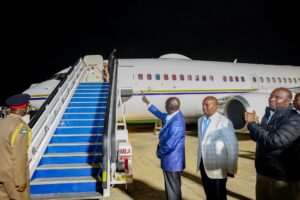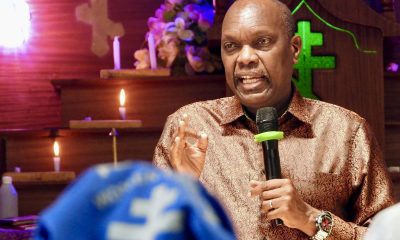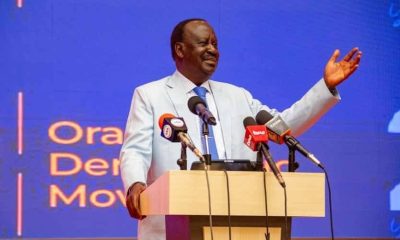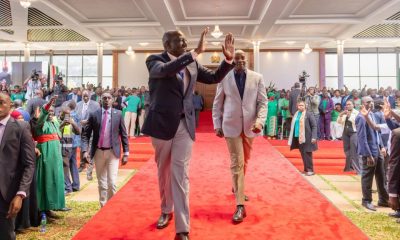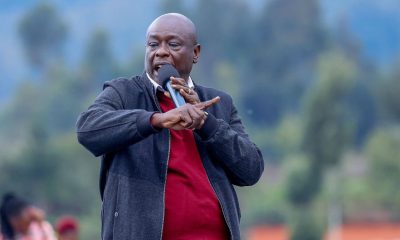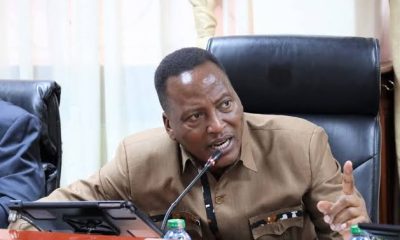News
America Embassy Denies Payment for President Ruto’s U.S. Visit Jet
The private jet in question, a Boeing 737-700 business jet operated by Royal Jet of Dubai, has been a topic of discussion due to its association with ‘Hustler jet’ a previous scandal during the early days of the Jubilee administration.
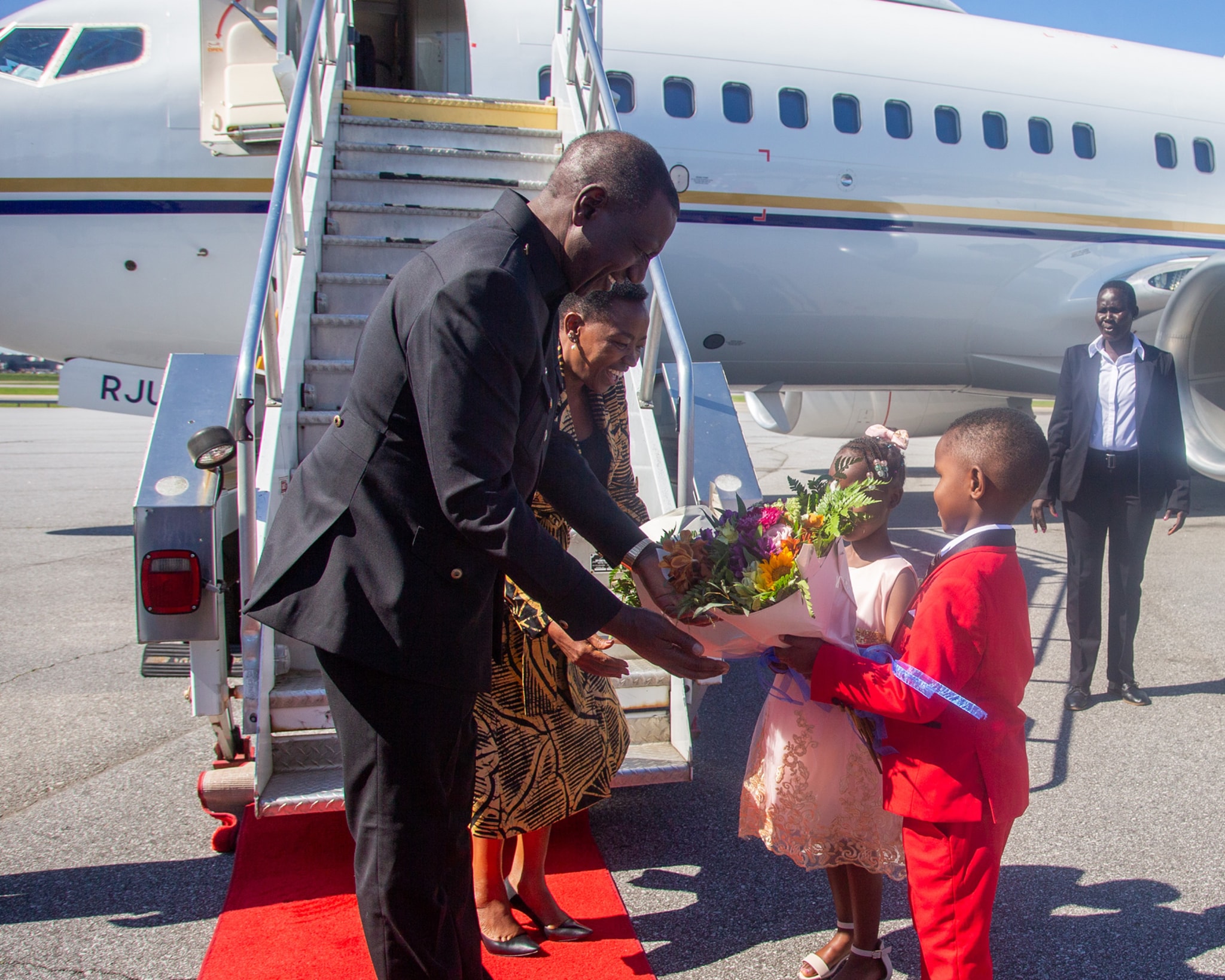
In a recent statement, the United States Embassy in Nairobi has firmly denied reports that it covered the costs of President William Ruto’s private jet for his visit to the United States. The clarification comes amid speculation and rumors about the funding of the high-profile trip.
The private jet in question, a Boeing 737-700 business jet operated by Royal Jet of Dubai, has been a topic of discussion due to its association with ‘Hustler jet’ a previous scandal during the early days of the Jubilee administration.
The jet was used by President William Ruto during a shuttle diplomacy mission to four African countries in 2013, aimed at rallying support against the International Criminal Court (ICC) charges faced by then-President Uhuru Kenyatta and Vice President Ruto. The trip was mired in controversy, with allegations of inflated costs and procurement irregularities.
The current use of the jet for President Ruto’s U.S. visit has once again brought attention to the costs associated with such high-profile travel. However, the U.S. Embassy spokesperson made it clear that the American government did not foot the bill for the jet’s chartering. The spokesperson stated, “Just to be clear: The United States of America did not pay for President Ruto’s jet to the US.”
The denial by the U.S. Embassy puts to rest speculations about American taxpayers funding the private jet. However, it leaves open the question of who did cover the costs. As with previous instances of such travel, it is likely that Kenyan taxpayers are bearing the financial burden.
Cost of Ruto’s flight jet to the US
Kenyans who will be footing the bills for the trip, will cough over Sh200M just for the flight.
The Abu Dhabi-based airline, Royal Jet, offers charter services for $18,000 (Sh2.4m) per hour, targeting the luxury market between the UAE, Europe, and the USA. A quotation from Royal Jet revealed that a one-way flight from Nairobi to Atlanta costs $748,600 (Sh98 million), for an 18-hour flight. This implies that President Ruto’s round trip aboard a Boeing Business Jet (BBJ) would exceed Sh200 million, given his scheduled travel to Washington, which lasts nearly two hours.
President Ruto abandoned his presidential jet, a Fokker 70ER, for the BBJ due to obvious range limitations. He experienced the finest luxury during his 18-hour flight (17 hours in flight), split in two legs, cruising at 34,000 feet throughout. The $100 million (Sh13 billion) twin-engine BBJ trashes commercial airlines’ first-class experiences and comes at a hefty price tag.
An hour aboard the BBJ starts at $12,000 (Sh1.6 million), which could soar to $18,000 (approx Sh2.4 million). This means it could have cost a low of Sh29 million or a high exceeding Sh43.2 million to transport the president and his entourage from Nairobi to Atlanta. The same amounts would apply on their return.
The Atlanta to Washington leg will last nearly two hours, increasing the bill to be footed by the taxpayer. Additionally, the amount spent getting the aircraft from Abu Dhabi to Nairobi and back to the United Arab Emirates capital, a nearly five-hour journey on both legs, could each cost anywhere between Sh8 million and Sh10 million.
The jet was used by President William Ruto during a shuttle diplomacy mission to four African countries in 2013, aimed at rallying support against the International Criminal Court (ICC) charges faced by then-President Uhuru Kenyatta and Vice President William Ruto. The trip was mired in controversy, with allegations of inflated costs and procurement irregularities.
The current use of the jet for President Ruto’s U.S. visit has once again brought attention to the costs associated with such high-profile travel. However, the U.S. Embassy spokesperson made it clear that the American government did not foot the bill for the jet’s chartering. The spokesperson stated, “Just to be clear: The United States of America did not pay for President Ruto’s jet to the US.”
The denial by the U.S. Embassy puts to rest any speculation about American taxpayers funding the private jet. However, it leaves open the question of who did cover the costs. As with previous instances of such travel, it is likely that Kenyan taxpayers are bearing the financial burden.
Costs of other alternatives
President Ruto’s four-day trip to the US could potentially cost more than Sh200 million, significantly surpassing the cost of flying commercially. Two hours after Ruto’s departure, a Kenya Airways scheduled flight to New York took off, with one-way business class tickets ranging from Sh123,000 to Sh234,000. However, a state visit involves logistical and security considerations that would not allow for a connecting flight.
Flying first class on most airlines offering the service would cost between Sh800,000 and Sh1,000,000 for a one-way trip, but this would also involve a connecting flight. It is unclear whether Ruto, who has been known to fly commercially, has previously chartered BBJs.
Chartering other flights is a possibility, too, with Kenya’s carrier KQ offering international charters, requiring a request 72 hours before departure. Foreign Heads of State have been known to charter their country’s carriers during state visits if their respective presidential jets lack the needed range.
However, flying a commercial charter barely compares to a BBJ, designed for ultimate grandeur. The Abu Dhabi-owned Royal Jet, which chiefly serves the UAE and European luxury market, promises nothing less. The airline offers a personalized experience for clients, allowing them to alter their lighting and temperature preferences digitally.
With a spacious cabin measuring 3,689 square feet, the Royal Jet far surpasses Ruto’s presidential jet, which National Assembly Majority Leader Kimani Ichung’wah wants replaced. The plane typically has a living room, dining area, and a lounge with eight plush leather seats that can be reclined into flatbeds, two marble tables, and features partitions for privacy and sensitive meetings.
Although the plane’s interior can accommodate nearly 150 passengers, most BBJs are configured to house between 40 and 60 passengers. Ruto’s taste for the finer things has been highlighted previously. In 2013, he was in the news for his “Hustler Jet”, hired to fly him to four West African nations at Sh100 million.
As the details of President Ruto’s U.S. visit continue to unfold, the focus will likely remain on the outcomes of the trip, rather than the means of transportation.
Kenya Insights allows guest blogging, if you want to be published on Kenya’s most authoritative and accurate blog, have an expose, news TIPS, story angles, human interest stories, drop us an email on [email protected] or via Telegram
-
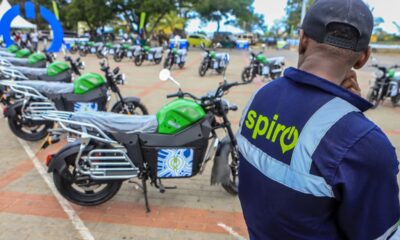
 Business5 days ago
Business5 days ago‘They’re Criminals,’ Popular Radio Presenter Rapcha The Sayantist Accuses Electric Bike Firm Spiro of Fraudulent Practices
-
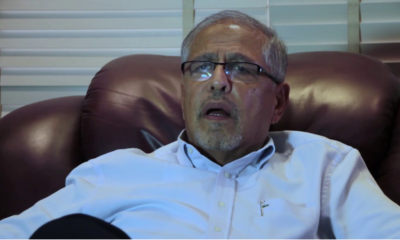
 News1 week ago
News1 week agoTemporary Reprieve As Mohamed Jaffer Wins Mombasa Land Compensation Despite Losing LPG Monopoly and Bitter Fallout With Johos
-

 Sports1 week ago
Sports1 week ago1Win Games 2025: Ultimate Overview of Popular Casino, Sports & Live Games
-
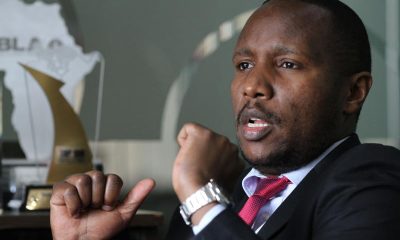
 Investigations1 week ago
Investigations1 week agoFrom Daily Bribes to Billions Frozen: The Jambopay Empire Crumbles as CEO Danson Muchemi’s Scandal-Plagued Past Catches Up
-

 Business1 week ago
Business1 week agoHass Petroleum Empire Faces Collapse as Court Greenlights KSh 1.2 Billion Property Auction
-

 Investigations5 days ago
Investigations5 days agoDisgraced Kuscco Boss Arnold Munene Moves To Gag Media After Expose Linking Him To Alleged Sh1.7 Billion Fraud
-
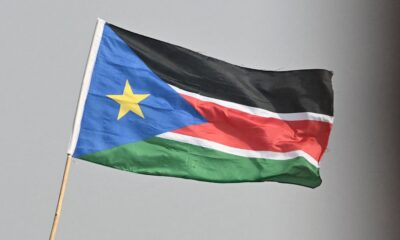
 Africa4 days ago
Africa4 days agoDisgraced Oil Trader Idris Taha Sneaks Into Juba as Empire Crumbles
-

 Investigations5 days ago
Investigations5 days agoFraud: How Sh235 Million Donor Cash For Nyamira Residents Was Embezzled Through Equity Bank Under Governor Nyaribo’s Watch

